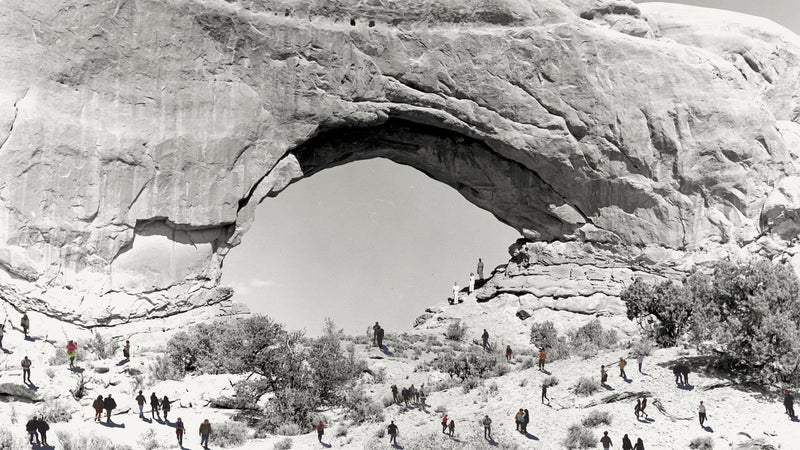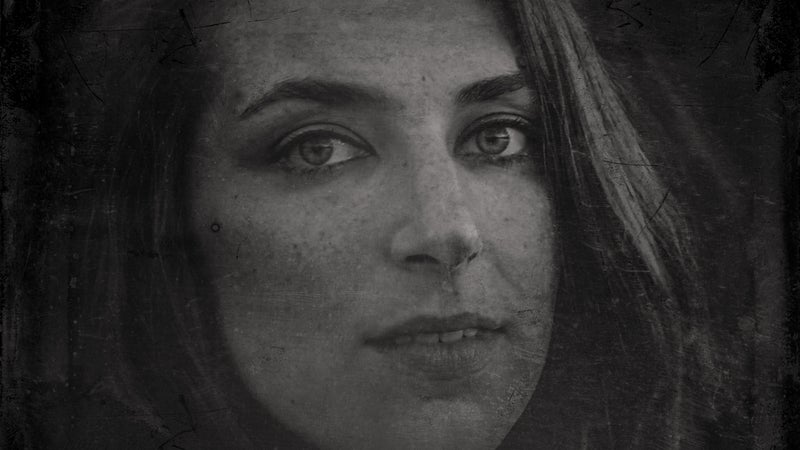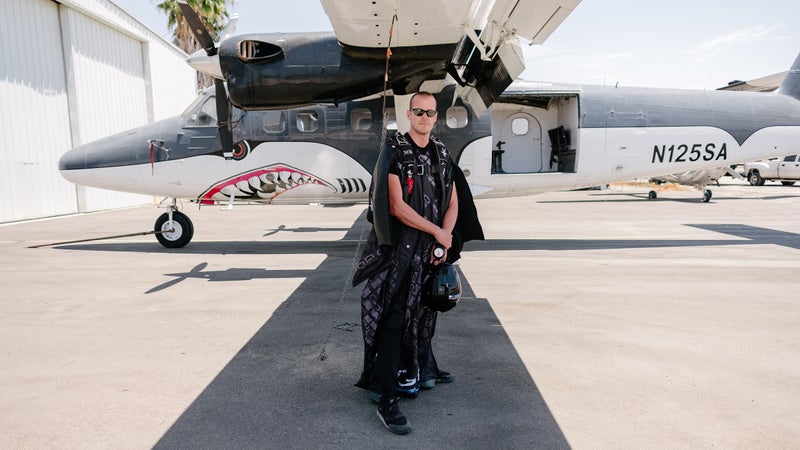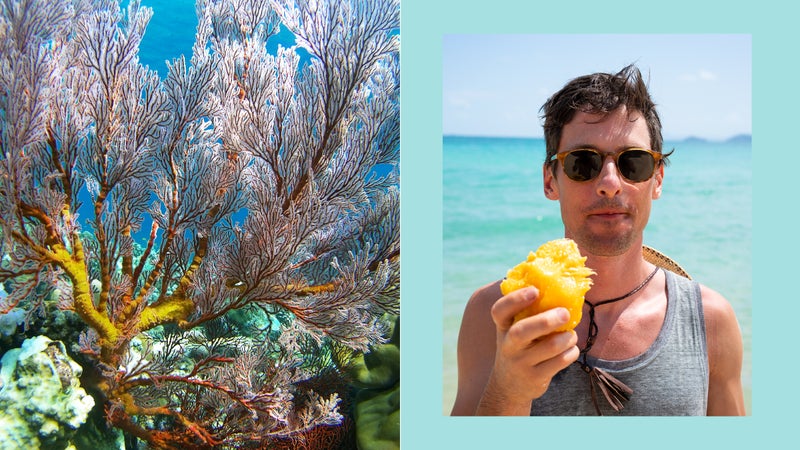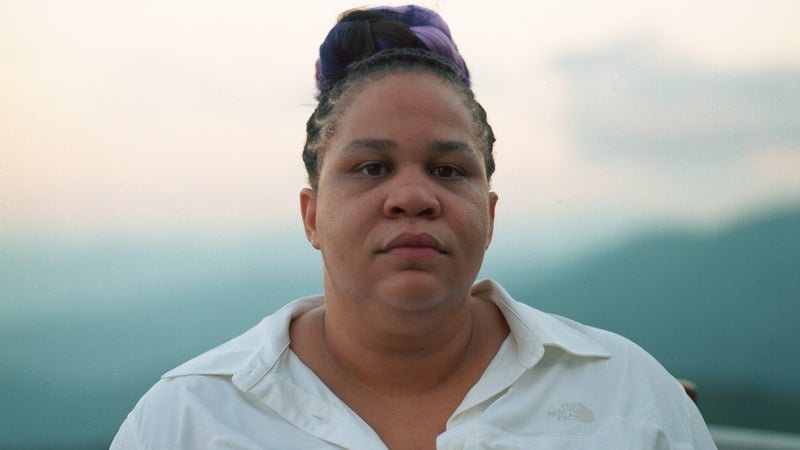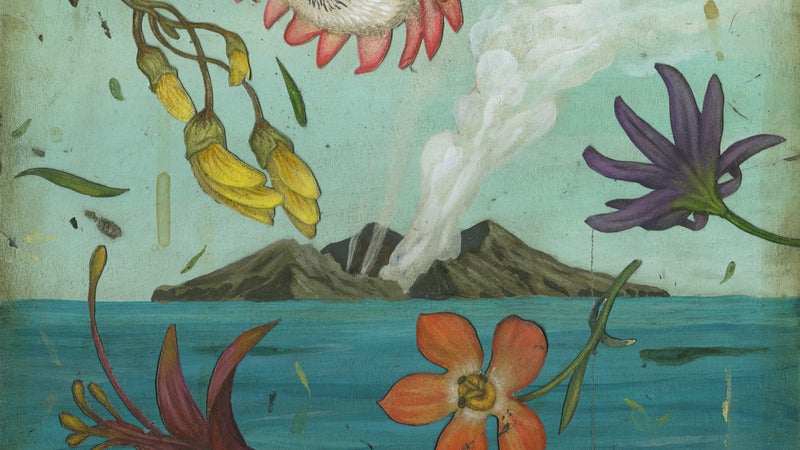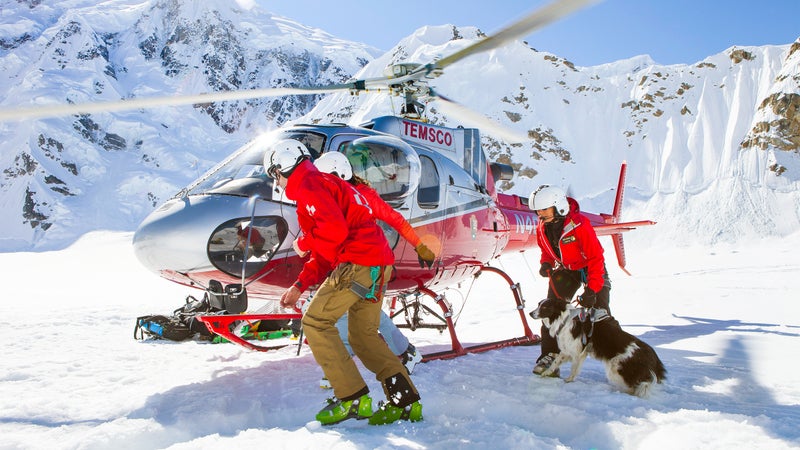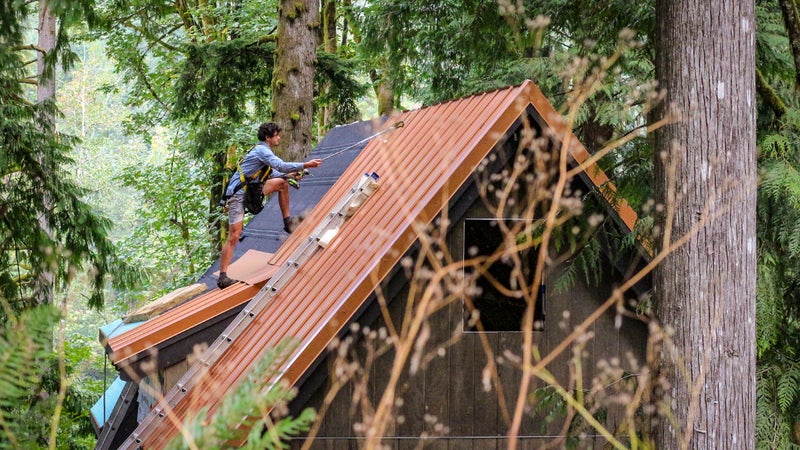The Best ���ϳԹ��� Long Reads of 2020
Your holiday reading list, recommended by our editors
New perk: Easily find new routes and hidden gems, upcoming running events, and more near you. Your weekly Local Running Newsletter has everything you need to lace up! .
In 2020, we all gained a new appreciation for the power of storytelling, amid a news cycle that seemed determined to outdo itself every week. As people found themselves homebound, with more time to read, listen, and watch,�����ϳԹ���’s editors and writers poured themselves into producing long-form feature stories aimed to inform, inspire, entertain, and, yes, at times distract (we all needed it). Here are the exceptional��long-form��pieces��we published this year that you’ve got to read this holiday season, according to our staff.
“My Priceless Summer on a Maine Lobster Boat”
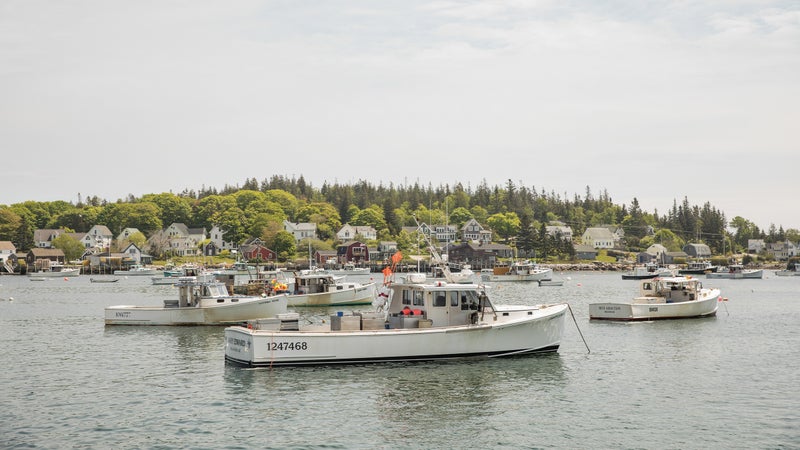
My favorite long read of 2020��was college student Luna Soley’s recent piece on spending the pandemic��summer living alone on a tiny Maine island. During her time there, she worked for one of the few sternwomen in the Northeast’s commercial lobster business. Soley��reflects on the isolation we’ve all felt this year, and how amplified her version feels on the island, which measures just 500 feet across. Her��crisp, thoughtful voice shines throughout this essay as she navigates her new world. The moment it went live on the site, I texted it to all my friends and family, designating it their next bedtime read. They all loved it. —Abigail Wise, digital managing director


